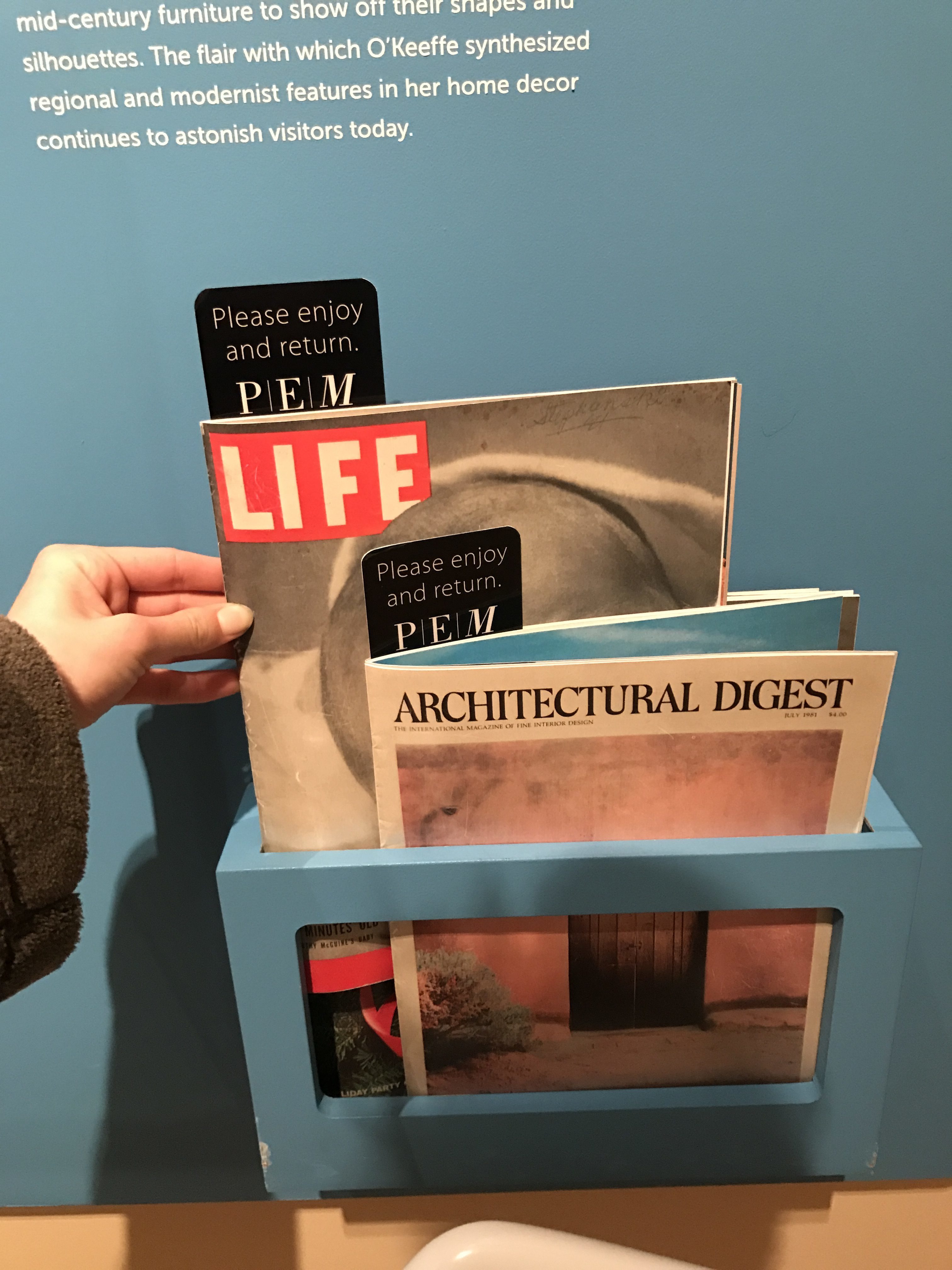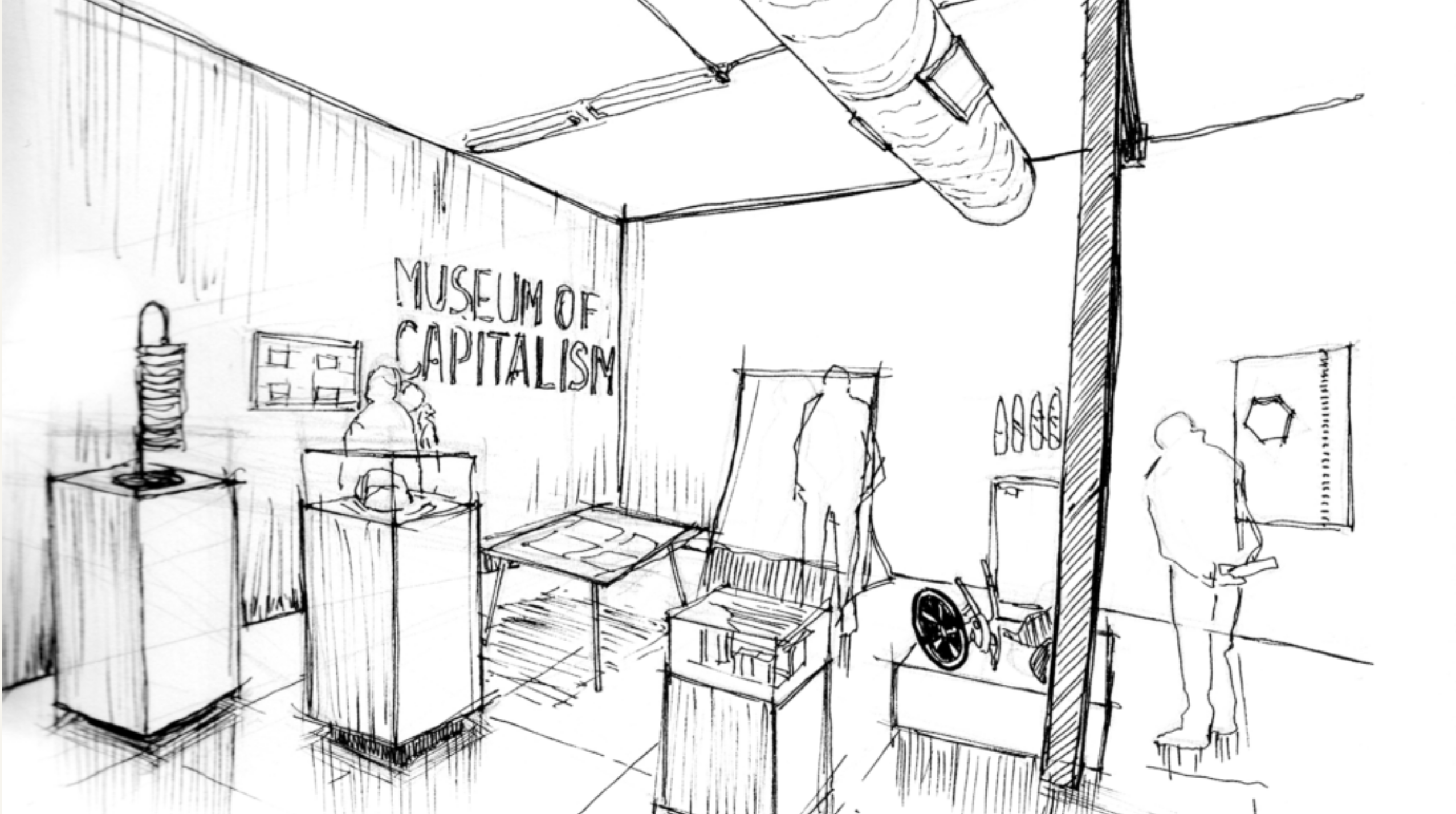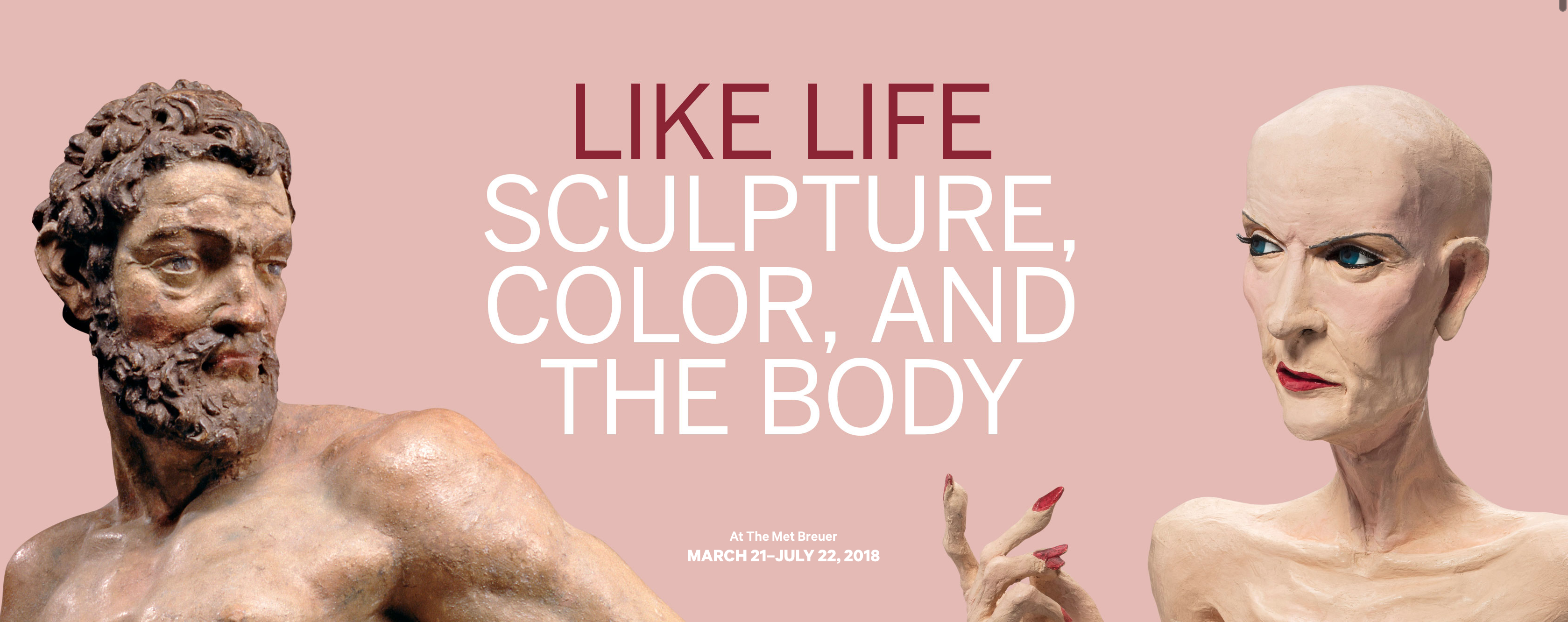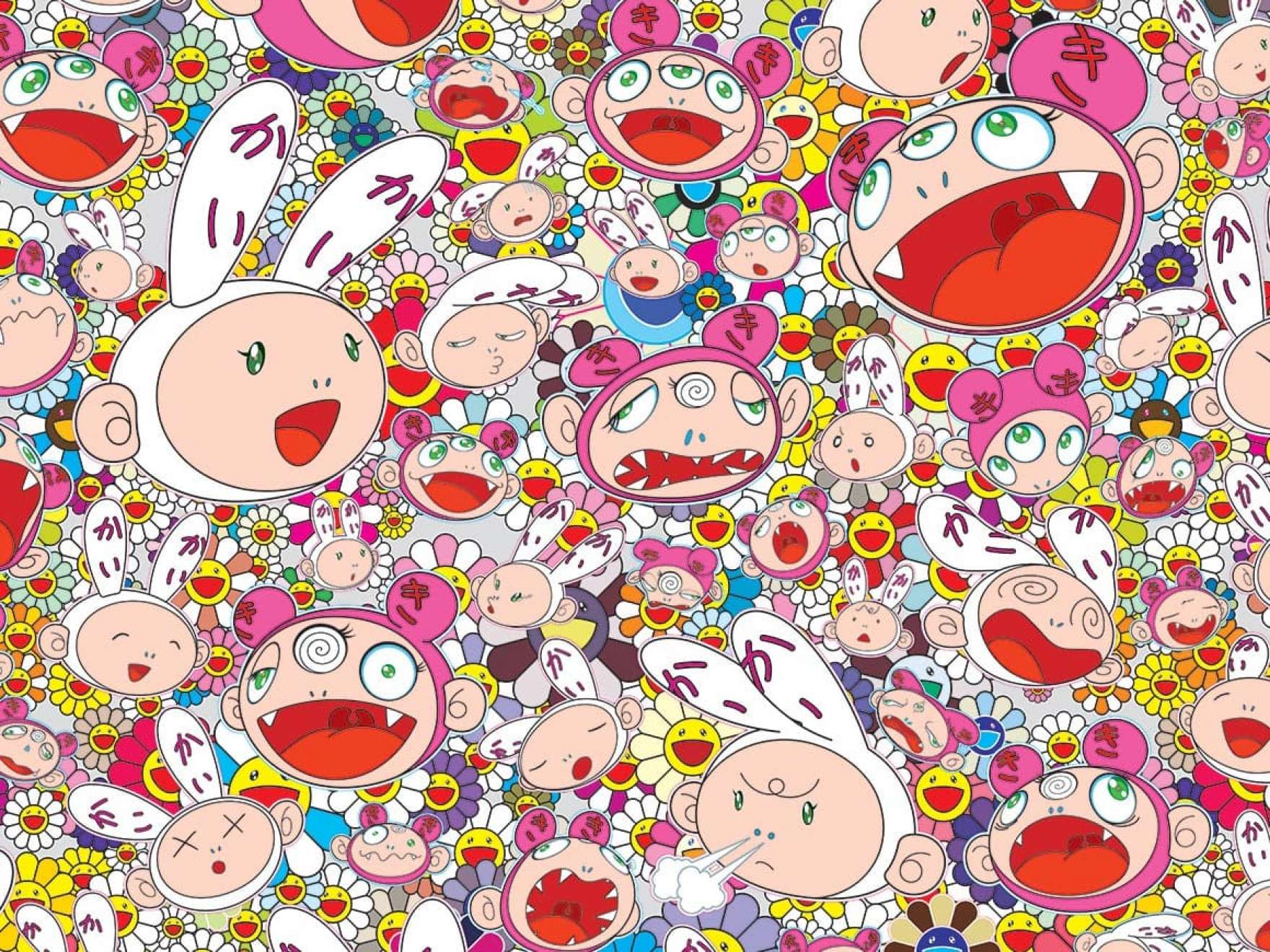Since I became the Hassle’s Arts Editor this February, my love for Boston’s art community has grown exponentially. I’ve met admirable artists, writers, organizers, and curators who introduced me to the real gems of the city: the projects created by passionate, intelligent people determined to grow the Boston art scene. In 2018, I met my people — the independent creators organizing shows in their backyards, advocating for underrepresented artists, and presenting thought-provoking and fresh ideas even without institutional backing. It’s easy to fly under the radar in a city like Boston, a city of big-name institutions which take up so much space in the press, but many budding, independent curators (several of which are mentioned in this article) outshone our biggest museums with their exhibitions in 2018. That said, I was impressed by several shows at mainstream museums this year, a break from only catering to older, more traditional audiences.
Below is a list of my top 10 exhibitions of 2018, which I’ve had such a great time revisiting. I enter 2019 with optimism based on the talent I’ve seen this year and the many projects popping up every day all over the city.
10. Free Form at Gallery 263
On view Nov. 28-Dec. 15
More information about Free Form
LGBTQ+ artists often face pressures to explore their gender or sexuality through their art, and even if the artist doesn’t intend for this, their work will always be read into in a queer context. And too often, works that do explore identity do so on a surface level but lack content and depth (I’m looking at you, photographers who take pictures of glitter on people’s’ genitals!). That’s what was beautiful about Free Form at Gallery 263 — there was none of that. Any queer reading-into was abruptly stopped by the declaration: “This show seeks to unburden queer and trans artists from the pressures of representation while still celebrating and amplifying our marginalized voices.” When unburdened from expectation, the 27 participating artists created bizarre object assemblages, expressive portraits, and purely abstract paintings.
This is the kind of narrative we need more of within queer representation, and not just in fine art. All media needs to provide a more well-rounded view of LGBTQ+ people’s lives, to counter outdated representations of unrequited love, queer heartbreak, and overdone coming-out stories.
9. Georgia O’Keeffe: Art, Image, Style at the Peabody Essex Museum
On view December 2017 through April 8, 2018
More information about Georgia O’Keeffe: Art, Image, Style

I can’t say I’m a big fan of Georgia O’Keeffe’s work, but I can say that, like it or not, I know it well. Anyone who studies art has had stories about O’Keeffe pushed down their throat — she was a docile woman painter, she hid pussies in her paintings, she was mysterious, feminine, unattainable. However, despite my indifference to her flower paintings, the Peabody Essex Museum’s recent O’Keeffe exhibition placed the artist’s work into the context of her multifaceted life in such a captivating light it made the exhibition interesting even if the work wasn’t. Unbeknownst to me, O’Keeffe designed her own clothing, and she loved to express her strictly defined style through interior design in her home in New Mexico. She was one of the pioneers who made it acceptable for women to wear denim; in the exhibit, her denim smocks and jeans were displayed in front one of her deep blue abstractions. Georgia O’Keeffe: Art, Image, Style is more about the artist than her art. Her paintings were actually outnumbered by materials about her — including LIFE and Architectural Digest magazines, photographs by husband Alfred Stieglitz, and a recent fashion line and runway show inspired by O’Keeffe’s trademark sleek black and white wardrobe. The PEM was able to achieve something many exhibitions about O’Keeffe are not able to: contextualizing her work in autobiography without falling into lame tropes about femininity, docility, and sensuality.
8. Our Sweet, Secret Language at Zone 3
On view Aug. 2-26
Check out Two Thangs’s review of Our Sweet, Secret Language
More information about Our Sweet, Secret Language
Our Sweet, Secret Language, a group show featuring Brittany Smith, Bella Steele, Emma Fernald, Rebecca Schnopp, Molly O’Donnell, and Emily Holtzman at Zone 3 in Allston, was a glimpse of the 20-something female’s view on love — a reminder to themselves that “in the wake of failure, self-love and acceptance can follow true romance.” The artists of Our Sweet, Secret Language explore different kinds of love: sexual, romantic, nostalgic, and familial.
Emma Fernald’s pieces stood out as especially poignant. One of Fernald’s pieces, a fleece blanket with text from intimate Facebook conversations printed on it, perverted the comforting function of a blanket into a strangely voyeuristic, uncomfortable experience of reading a stranger’s private messages. In another work by Fernald, two clear plastic sacs filled with bubblegum-pink liquid, like artificial breasts, sat on a shelf connected by tubes visitors are instructed to blow into to move the liquid around. Fernald exaggerates what is considered sexual and feminine to the point of being sickening.
The great thing about Our Sweet, Secret Language is that it explored love from a female point of view without falling into sentimental tropes. Bella Steele’s video, Welcome (2018), showed a larger-than-life projection of the artist warning “There’s nothing to see here.” The apprehension and contradictions present in Steele’s work encompass the overall point of view it seems these artists are conveying about love: With the bad there’s good, and with the good there’s bad, so proceed with caution and care.
7. Takashi Murakami: Lineage of Eccentrics at the Museum of Fine Arts Boston
On view October 2017-April 2018
More information about Takashi Murakami: Lineage of Eccentrics
Sometimes the information on the wall labels is even more exciting than the artworks themselves — this was the case for the MFA’s recent Murakami exhibition. For me, the real highlight of Takashi Murakami: Lineage of Eccentrics was not the artist’s vibrant pop style, rather, I admired the way the curators drew connections between Murakami’s contemporary works and his historic influences — hence the lineage of eccentrics. The exhibition placed 13 of Murakami’s artworks alongside 50 Japanese artworks from the 10th through 19th centuries. This show was not centered around one material, medium, or style, rather the concept of responding to art history with the remixed tools learned from its legacy.
Some think the Japanese pop art movement is derivative of the American pop of Roy Liechtenstein and Jeff Koons. However, Murakami showcases the key principles of pop that can be found throughout centuries of Japanese art — like amusement, eccentrics, and decoration. Lineage of Eccentrics tied together anime, narrative scrolls, screens, and contemporary artworks by Murakami in a way that made the exhibition as a whole more interesting than any one artwork in itself.
6. Reimagining Home at Spaceus Annex
On view Nov. 16-25
Check out William Kryjak’s review of Reimagining Home and interview with curator Ally Campbell!
More information about Reimagining Home
I’m a big fan of Spaceus and curator Ally Campbell, so Reimagining Home was bound to be on my list. After leaving for college in Boston in 2013, Ally’s relationship with her small Massachusetts hometown began to change, prompting her to question, “What does it mean when the place that was once home returns to simply being a house?” In Reimagining Home, 23 artists explored their complex relationships to the places they call home. Some nostalgic artists reminisced on memories of the past, like Will Harris, an artist who photographed the home his nana inhabited for 45 years once she was no longer living there. Mike Bodall, on the other hand, poked at the idea of home as a safe and secure space. After finding out many home security systems have a generic password, he was able to access their private feeds online, like a voyeur peering into other’s homes from the privacy of his own. My favorite work in the show, CFS/Me, was made collaboratively by Gabriel Cira and his friend Nick Joliat, who has been largely confined to his bedroom for six months due to chronic fatigue syndrome. CFS/Me captures a chronically ill person’s relationship to the home they spend so much time in, its inky, geometric grids reminiscent of crossword puzzles scribbled onto a fitted bedsheet. Reimagining Home was successful because of Ally’s ability to approach the idea of home from all angles — not just the easily digestible, warm and fuzzy ones.
5. Museum of Capitalism at the SMFA galleries
On view Aug. 29-Oct.25
Check out Two Thangs’s review of the Museum of Capitalism!
More information about the Museum of Capitalism

If there’s a theme that can be pulled from all these shows, it’s that I love exhibitions that border on history lessons, which brings me to the Museum of Capitalism!
The Museum of Capitalism was divided into two galleries. One contained the work of artists who grappled with the effects of capitalism, such as economic division, prison labor, and police brutality resulting from harmful presumptions about race and class. Another gallery, the stronger one in my opinion, was devoted to the artifacts of capitalism: a “Coal = Jobs” baseball cap, trading cards, and pieces of plastiglomerate, a new type of rock composed of bits of plastic. My favorite part of the exhibition compared various “wands” invented over the years, pairing a vibrating massage wand, a curling iron, and self-defense baton side-by-side. By telling the stories of how commercial objects came to be, the MOC was able to make larger observations about what type of society needs these types of products — curling irons, for example, are both a product of and perpetuator of the idea women need to change their physical appearances in order to be deemed attractive. Beauty industries thrive by playing into and reinforcing such beauty ideals in society.
By historicizing capitalism, the MOC made capitalism a subject that can be studied, analyzed, and critiqued.
4. Altarations at the Dorchester Art Project
On view July 21 – Aug. 6
Check out my previous article about Altarations!
More information about Altarations
As someone who works at DAP, I can admit this pick is a little biased. However, of all the shows I visited this year, I was most impressed by Altarations, a group exhibition curated around the question, “What do we find holy?” The 60 participating artists in Altarations all created shrines based on their unique perspectives — exploring topics of religion, cultural customs, gender identity, sexuality, and changing natural and urban landscapes. Effectively, Altarations surveyed the values and ideas important to people in this time and place. Artworks were emotional, sometimes comical, and always beautifully executed. Some altars were created to mourn lost lives, whereas others took humorous outlooks on icons considered holy, like Rebecca Rose Green’s Homage to Man, a cabinet full of novelty dick knick-knacks.
It’s a challenge to fit the works of 60 artists into two small galleries — art occupied every inch of the space, even the floor and ceiling. The same can be said of the gallery opening, which had the highest turnout I’ve ever seen at a reception. Altarations captured the diversity of the Boston arts scene by memorializing all that 60 different artists held dear.
3. Fashion Forward at Kabinett Gallery
On view Sept. 7-Nov. 17
Check out one of my all-time favorite articles, C. Shardae Jobson’s review of Fashion Forward!
More information about Fashion Forward
SoWa isn’t usually the first place you’ll find me on a Friday night in Boston, however, this summer Kabinett Gallery truly blew me away with Fashion Forward, an exhibition on the intersection of fine art and fashion. The exhibition included countless designer-artist crossovers — from garments that referenced famous artworks to decorative paintings about the fashion world, to fashion illustrations created by iconic designers. As someone who admittedly knows next to nothing about fashion, I left this exhibition with a newfound understanding of how creatives across disciplines can find influence in each other’s work. Andy Warhol’s Campbell’s Soup dress looked across the gallery at Patrice Yourdon’s dresses made of screws, a compact made by Salvador Dali peered towards a sketch of a tailored gray suit by Yves Saint Laurent, and a yellow poster celebrating the “fabulous $150,000 wardrobe” of Josephine Baker sat beside Lavaughn Jenkins’ sculpture of an orange dress layered with thick globs of paint.
Fashion Forward was an art gallery, a lesson in the history of iconic designs, and a runway for all who entered.
2. Nine Moments for Now at the Cooper Gallery
On view Oct. 30, 2018-Jan. 21, 2019
More information about Nine Moments for Now
Nine Moments for Now, curated by Dell M. Hamilton, is the show Boston needed to see in 2018. Set in the context of #Blacklivesmatter, #Timesup, and the bigotry of Trump’s America, Nine Moments for Now connects images of iconic African-American activists, protest imagery from the March on Washington through the recent Women’s March, and works by both nationally and locally successful artists.
AI, Ain’t I A Woman?, a spoken poem and accompanying video by Joy Buolamwini, sums up the exhibition’s strengths: hyper-relevant discourses in the politics of representation, and a call to action for change. AI, Ain’t I A Woman? exposes the biases in AI technologies; by searching facial recognition softwares that scan photos and tag descriptors, Buolamwini critiques big-name programs that frequently label strong black women’s figures as male, even in the case of widely known women like Oprah and Michelle Obama.
Nine Moments for Now pulls from a wide range of sources to draw out topical themes relevant to our current climate: faith and religion, familial traditions, the intersection of gender and race, and protest in response to institutionalized racism.
1. Like Life: Sculpture, Color, and the Body (1300- now) at the Met Breuer
On view March 21-July 22
On view March 21-July 22
More information about Nine Moments for Now

Like Life poster, with images of Willem Danielsz van Tetrode’s Hercules (1525-1580) and Greer Lankton’s Rachel (1986)
Like Life was by far, hands-down the most compelling exhibition I saw in 2018, its subject matter so strange I’m still captivated by it nearly a year after visiting. Like Life explored the key considerations when depicting the figure: hair, flesh, dress, and likeness. Drawing from both historic and contemporary works made from 1300 to today, each corporeal gallery provided a comparative view of countless artists’ interpretations on the human form.
I loved this exhibition, frankly, because it arose my disgust. Like Life caused such a visceral reaction in me that I felt my skin crawl and my stomach churn. It is rare an exhibition elicits such a strong, emotional response that you feel it resonate through your body. One can’t help but see themself reflected in the works on display, more often uncanny than plainly representational: a resin anatomical sculpture of a pregnant woman with half her body stripped of its skin to expose muscle, bone, and fetus; a reliquary portrait containing the bones, teeth, and hair of the late philosopher Jeremy Bentham; a medieval life-sized wood carving of a wounded Jesus on the cross with movable limbs.
Whereas most galleries in Like Life begged the viewer to reexamine how life is represented through art, the last gallery was entirely about death. Six coffins were laid out on the floor, arranged so that the two figures opposite each other seemed to be acknowledging each other in death. In one coffin laid a model of John F Kennedy, across it, a slain Jesus — I imagined the two in conversation about martyrdom and iconic loss. This exhibition felt like an act of iconoclasm and a comprehensive art historical lesson — two of my favorite things, rolled into one.








